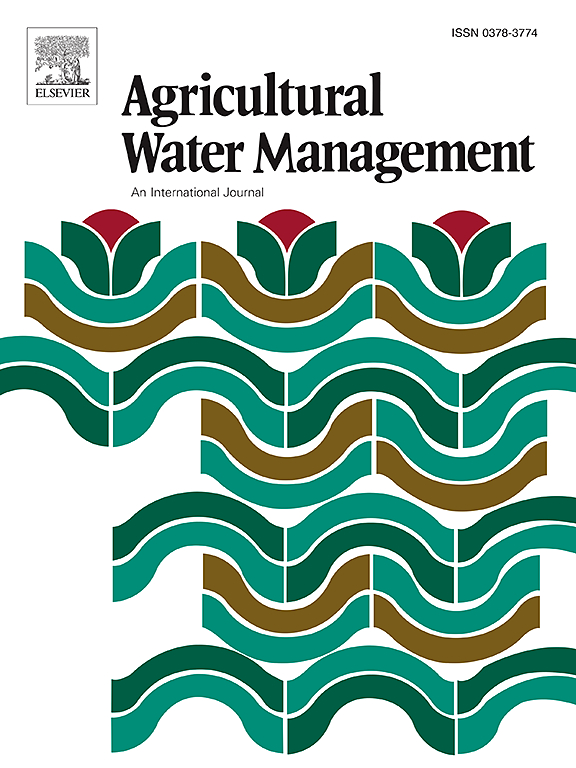Impacts of rice–crayfish co-culture on ecosystem service trade-offs/synergies in agricultural watersheds: A case exploration in Sihu Lake Basin, China
IF 5.9
1区 农林科学
Q1 AGRONOMY
引用次数: 0
Abstract
Accurately understanding the interplay among ecosystem services (ESs) during rice to rice–crayfish conversion and analyzing the intricate driving factors are crucial for the synergistic development of agricultural production and ecosystem service protection in watersheds. In this study, we examined the ES trade-offs/synergies and the drivers behind these interactions in rice to rice–crayfish conversion in the Sihu Lake Basin using the InVEST model, geographically weighted regression (GWR), and Geodetector. The results indicated that the rice to rice–crayfish conversion from 2016 to 2020 increased the rice–crayfish fields in the Sihu Lake Basin by 60 %, with the additional rice–crayfish fields coming mainly from paddy fields and aquaculture water. Significant increases were observed in crayfish production (CP, 74.2 %), grain production (GP, 20 %), water yield (WY, 19.6 %), and carbon sequestration (CS, 1 %). In contrast, water purification (WP) and habitat quality (HQ) showed slight decreases of 0.85 % and 1.45 %, respectively. There was an overall synergy between CP, GP, HQ, and CS, with the area exhibiting synergy between CP and GP accounting for approximately 89 % of the watershed area. Natural factors had a greater influence on the interactions between CP and other ecosystem services than socio-economic factors. Additionally, the rice–crayfish field area has gradually become a key driver affecting the interactions between ESs. These findings offer guidance to mitigate the negative ecological impacts of rice to rice–crayfish conversion in the Sihu Lake Basin and support rational agricultural structure transformation.
求助全文
约1分钟内获得全文
求助全文
来源期刊

Agricultural Water Management
农林科学-农艺学
CiteScore
12.10
自引率
14.90%
发文量
648
审稿时长
4.9 months
期刊介绍:
Agricultural Water Management publishes papers of international significance relating to the science, economics, and policy of agricultural water management. In all cases, manuscripts must address implications and provide insight regarding agricultural water management.
 求助内容:
求助内容: 应助结果提醒方式:
应助结果提醒方式:


